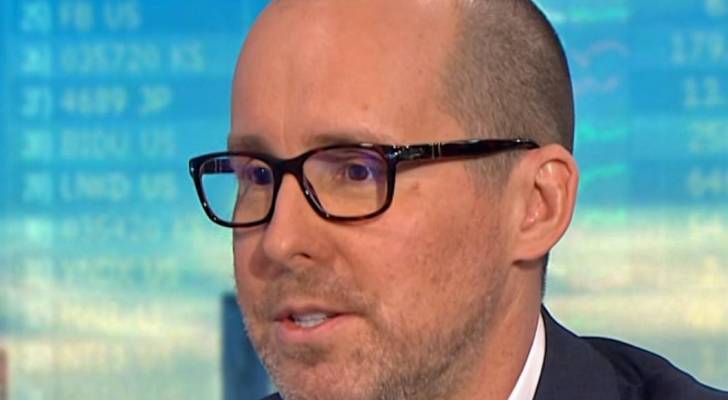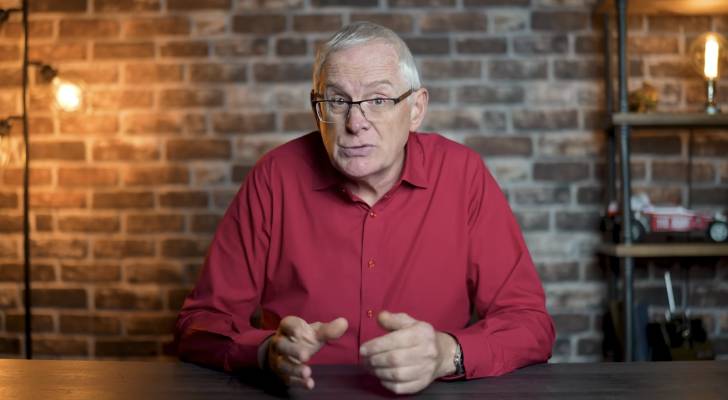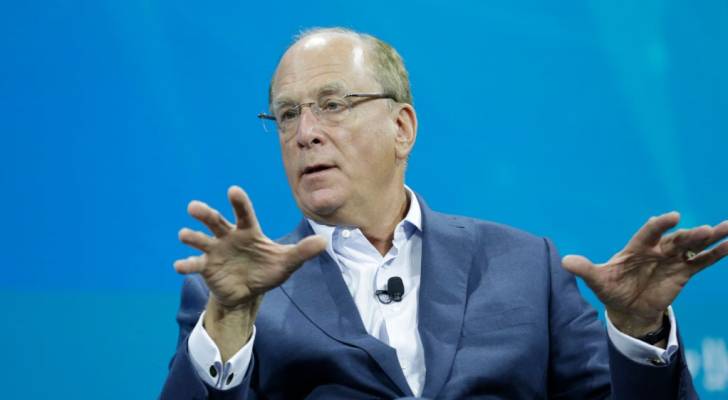‘No turning back’: This Wall Street ‘permabear’ has been predicting the biggest market crash since 1929 — How you can prepare your portfolio if he’s right


We adhere to strict standards of editorial integrity to help you make decisions with confidence. Some or all links contained within this article are paid links. Mark Spitznagel, chief investment officer of Universa Investments, told Business Insider in 2024 that he thinks the “worst market crash since 1929” is coming. Now, he claims that the […]
Can’t get rich in America with just your 9-to-5? Here are 5 simple steps to start building real wealth in 2025


We adhere to strict standards of editorial integrity to help you make decisions with confidence. Some or all links contained within this article are paid links. Many dream of financial freedom but feel trapped in their 9-to-5 grind. The good news? It’s possible to build wealth and secure your future — even on a modest […]
This is how American car dealers use the ‘4-square method’ to make big profits off you — and how you can ensure you pay a fair price for all your vehicle costs


We adhere to strict standards of editorial integrity to help you make decisions with confidence. Some or all links contained within this article are paid links. Car dealers aren’t always known for prioritizing your budget — and the lengths some will go to to separate you from your hard-earned money are greater than you might […]
Warren Buffett used to think that ‘predicting’ the stock market was the most important thing in investing — until 1 book changed his life forever. Here’s the real key to long-term gains


We adhere to strict standards of editorial integrity to help you make decisions with confidence. Some or all links contained within this article are paid links. Warren Buffett is one of the most renowned investors of our time. So, it’s easy to forget that he was once a beginner too. Buffett claims he bought his […]
US credit card debt hit a record of $1.21 trillion — how can Americans dig their way out of this hole?


We adhere to strict standards of editorial integrity to help you make decisions with confidence. Some or all links contained within this article are paid links. It’s no surprise that Americans often rely heavily on credit cards to make ends meet. And with a recent period of rampant inflation, it’s equally unsurprising that credit card […]
This unemployed Texas man pays $1,200/month for his $56,000 car, has $94,000 in total debt — he blames it on a weird ‘dynamic’ with mother-in-law. Dave Ramsey doesn’t buy it
We adhere to strict standards of editorial integrity to help you make decisions with confidence. Some or all links contained within this article are paid links. American households carry $1.66 trillion in auto loan balances collectively, according to the Federal Reserve. While there may be many different excuses that justify taking on massive auto debt, […]
Don’t be duped by the doomsayers: Here are 3 things Americans in their 30s and 40s can do now to get a bigger Social Security check in retirement


We adhere to strict standards of editorial integrity to help you make decisions with confidence. Some or all links contained within this article are paid links. Social Security is constantly changing with updates to tax maximums, cost-of-living adjustments (COLAs), exemptions, and more. Some worry that increased payouts could deplete the program by the time today’s […]
BlackRock CEO Larry Fink has an important message for the next wave of American retirees — here’s how he says you can best weather the US retirement crisis


We adhere to strict standards of editorial integrity to help you make decisions with confidence. Some or all links contained within this article are paid links. As sage billionaires go, BlackRock chairman and CEO Larry Fink belongs in the same rarefied air as Warren Buffett. And while he probably stopped worrying about his own nest […]
My mom passed away and I was shocked to learn she left me 10 times as much money as I expected in her will. It’s a nice problem to have, but I’m a little lost on how to handle all this cash


We adhere to strict standards of editorial integrity to help you make decisions with confidence. Some or all links contained within this article are paid links. In the next 20 years, Americans will inherit an estimated $72 trillion as boomers pass down their accumulated wealth to younger generations in a phenomenon dubbed the Great Wealth […]
Americans in their 30s, 40s are finally breaking their way into the 401(k) millionaire club — here’s what they’re doing and why you should start copying in 2025


We adhere to strict standards of editorial integrity to help you make decisions with confidence. Some or all links contained within this article are paid links. Americans think it’ll take $1.26 million, on average, to retire comfortably, according to an April 2025 survey by Northwestern Mutual. And reaching $1 million in retirement savings is a […]